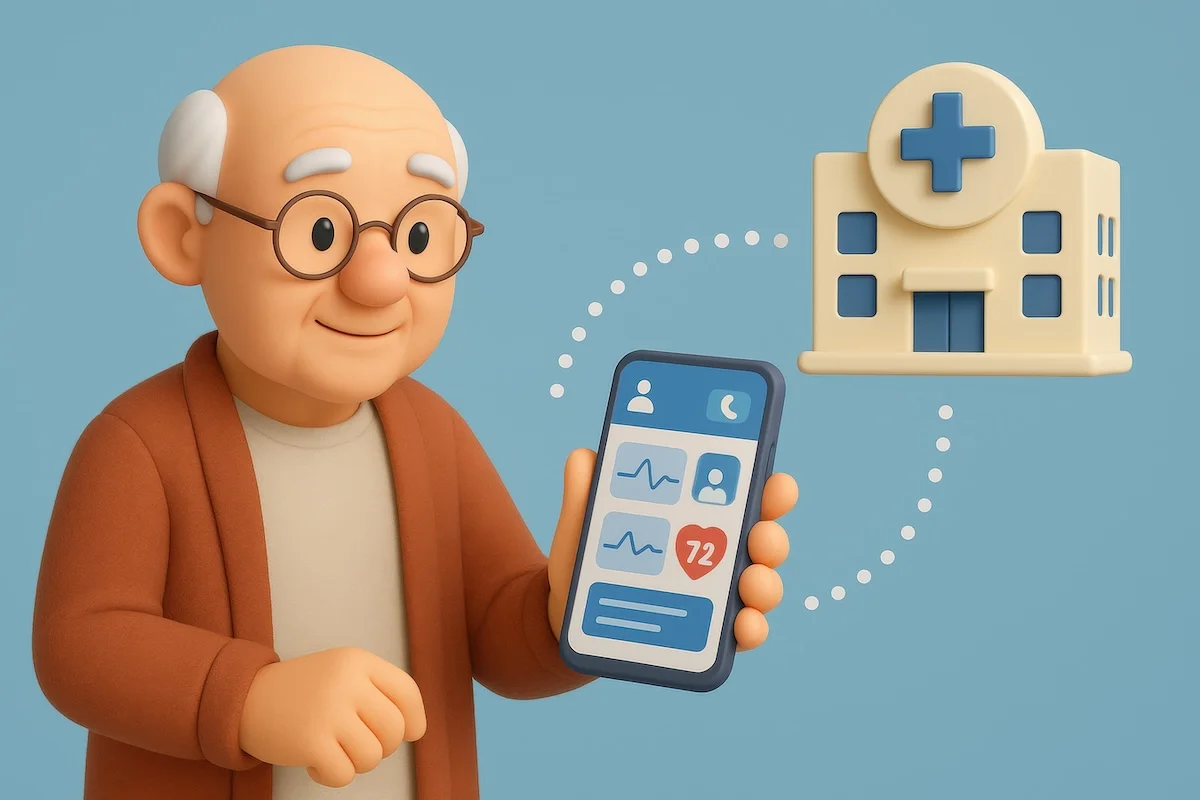What began as an emergency workaround has matured into an everyday option. Current federal rules let people connect with primary-care doctors, specialists, and therapists by video or audio without leaving the sofa. These flexibilities are in force for the foreseeable future, and lawmakers debate whether to make them permanent.
After you choose a date, the clinic sends a secure link. At the appointment time, you click, grant camera and microphone access, and speak face-to-face on screen. The clinician reviews symptoms, visually checks issues such as swelling or a rash, orders labs or imaging electronically, and e-prescribes any needed medication. The claim is processed like an office visit, so you pay the usual Part B coinsurance after meeting the deductible.

Telehealth no longer ends when the screen goes dark. Under separate billing codes, clinicians can mail connected devices, such as blood-pressure cuffs, glucose meters, and digital scales, whose readings are uploaded automatically for review.
These services fall under Part B, so the standard 20 percent coinsurance applies once the deductible is met. Most modern smartphones, tablets, and laptops handle video visits smoothly if the internet connection is stable. If Wi-Fi falters, switching to a wired cable or cellular data often rescues the call. Community libraries, senior centers, and many health plans now offer one-on-one tech coaching; some insurers even ship a loaner tablet to members who need a device.
Begin by phoning your doctor’s office to confirm they offer telehealth. Mention the device you plan to use and any accessibility needs, such as closed captions. On visit day, test your camera, microphone, and lighting, then gather medication bottles, recent home-monitor readings, and a short list of questions. If a glitch cuts the video, most practices will switch to a phone call or reschedule without penalty.
Virtual care excels for medication renewals, chronic-condition check-ins, mental health counseling, and minor infections. However, it cannot replace procedures such as stitches, fracture reduction, or diagnostic imaging that require specialized equipment. When a physical exam is essential, your clinician will arrange an in-office or home-health visit and explain why.
The landscape of telehealth regulation remains fluid. Although today’s expanded access is secure, policymakers continue debating long-term rules. Keep an eye on yearly official updates so you can adjust quickly if coverage terms change.
Medicare now makes virtual care almost as simple as streaming a movie. A charged device, a reliable connection, and a quiet corner are often all you need to stay in touch with your care team, refill prescriptions, and manage chronic conditions without the commute or waiting-room exposure. If you have not tried a video visit yet, call your clinic this week and ask how to log on; the next appointment could be only a click away.